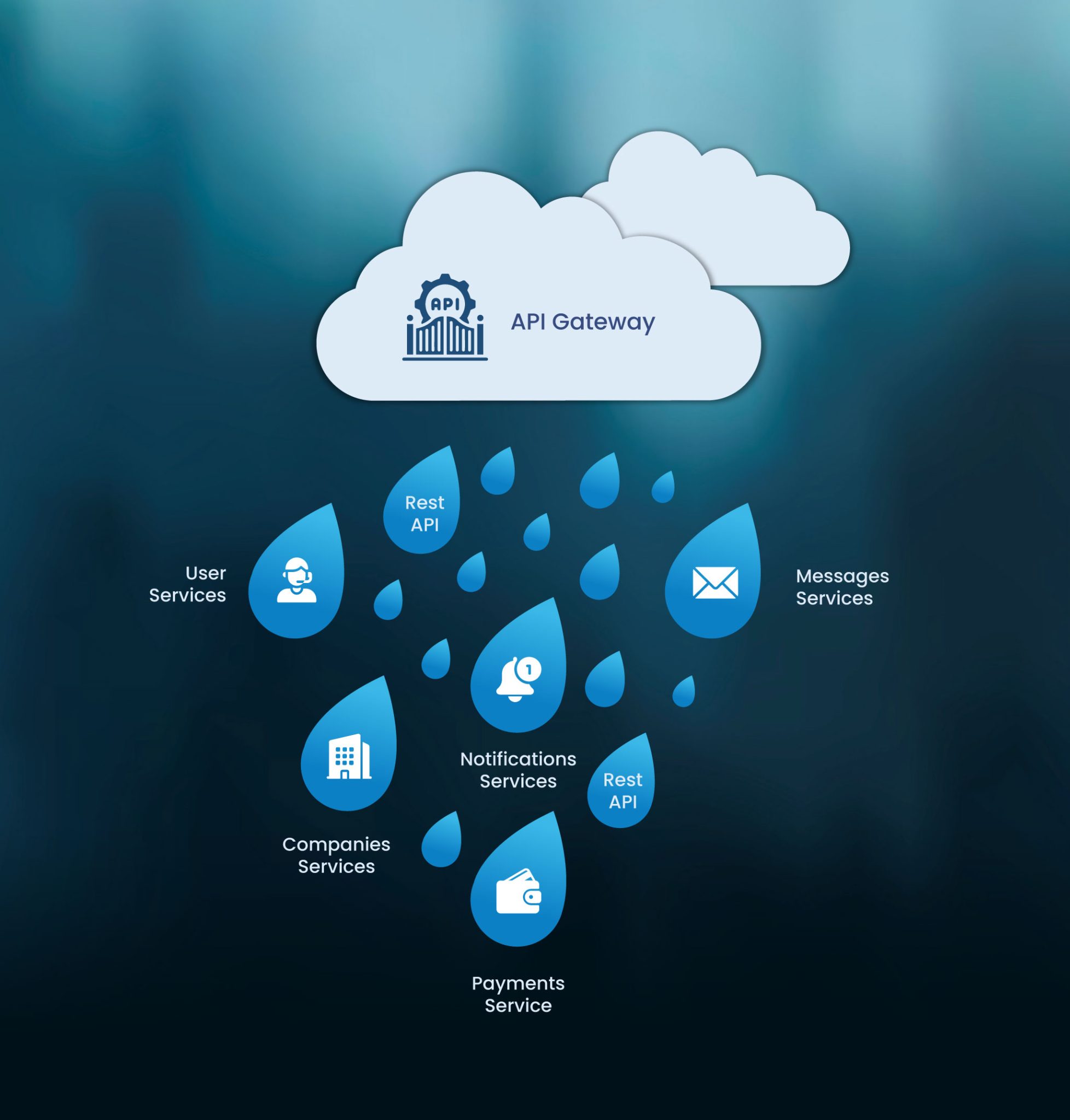Enterprises are deploying strategic application workloads in the cloud more than ever. It makes sense due to the low cost, scalability, agility, and support of resilient cloud hosting services. Microservices-based architecture has enabled enterprises to design and deploy new applications faster while supporting agile development practices. Essentially, Microservices can be described as small self-contained apps that can be built, deployed, and managed independently. The adoption of cloud-native and DevOps practices alongside the latest technologies like containers and dockers has facilitated the adoption of Microservices.
What are Microservices?
Microservices are an architectural approach in software development. It involves breaking down applications into small, independent services that communicate through well-defined APIs. Small, self-contained teams manage these services. Applications become more scalable, and development processes become faster by adopting a microservices architecture. Microservices architecture enables increased innovation and reduces the time required to introduce new features to the market.
Monolithic Architecture vs. Microservices Architecture
Monolithic architecture tightly couples all processes into a single service. It requires scaling the entire architecture even for a spike in demand in one process. As the code base grows, it becomes complex to add features, limiting experimentation and implementation of new ideas. Moreover, the interdependence of operations in a monolithic architecture increases the risk of application failure if a single process fails.
In contrast, microservices architecture builds applications as independent components running separate services. These services communicate through well-defined interfaces using lightweight APIs. Each service focuses on a specific function, allowing for individual updates, deployments, and scaling to meet demand. This approach promotes agility and experimentation and reduces the impact of failures in a single service.
What are its benefits?
Microservices offer several benefits that promote modularity, scalability, and flexibility in application development. It breaks down complex applications into smaller, self-contained services to enable easier understanding, development, and maintenance of each service independently. Microservices allow for independent deployment and scaling, providing flexibility in resource management and handling traffic spikes. Additionally, microservices support technological diversity to ensure that different services are developed using various technologies, programming languages, and frameworks based on specific requirements and scalability needs.
Another advantage of microservices is improved fault isolation. Since each service runs independently, a failure in one service does not affect the entire application. This fault isolation prevents failures from cascading and helps maintain the overall availability of the application. Microservices also empower teams with scalability and autonomy, enabling parallelized development efforts and faster decision-making.
Important Considerations for Implementing Microservices in Data Architecture
Microservices architecture can handle complex and large-scale data processing tasks. There are several important considerations that organizations should keep in mind while implementing microservices.
- Data governance
- Data security
- Data consistency and synchronization
- Performance and scalability
- Service discovery
- Error handling and resilience
- Change management
These considerations ensure the effective management, security, and synchronization of data across microservices. It ensures scalability, performance optimization, and fault tolerance in a distributed environment.
Conclusion
Microservices offer a paradigm shift from the traditional monolithic architectural model. It empowers teams with a streamlined and efficient way to create, monitor, manage, deploy, and scale various applications through cloud-based platforms such as AWS and Azure. Microservices enable greater agility, scalability, and fault isolation. It facilitates rapid development and deployment cycles. Businesses should adopt this architectural style to foster a modular and decentralized approach, allowing teams to develop and deploy services independently.

